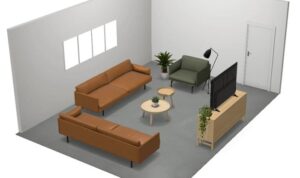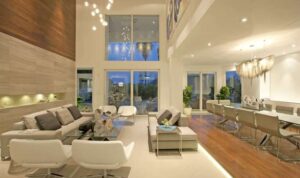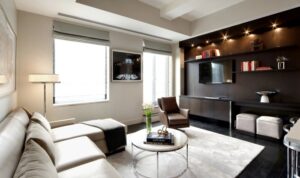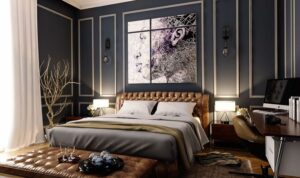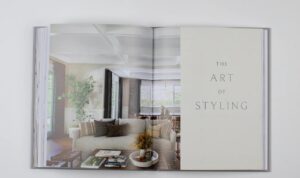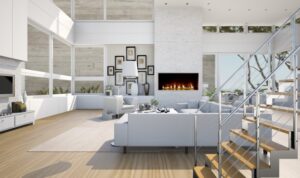Step into the realm of room 3D models, where creativity meets precision in the world of architecture and interior design. This captivating journey will delve into the intricate process of creating immersive 3D spaces that breathe life into imagination.
From the initial concept to the final presentation, discover the tools, techniques, and tips that professionals use to bring virtual rooms to life with stunning realism and accuracy.
Introduction to 3D Room Modeling
D room modeling is the process of creating a digital representation of a room or space using computer software. This technology allows designers, architects, and interior decorators to visualize and plan the layout, design, and decor of a room in a three-dimensional format.The importance of 3D models in architecture and interior design cannot be overstated.
These models provide a realistic depiction of how a room will look once it is constructed or decorated. They help professionals and clients to better understand spatial relationships, lighting effects, and overall aesthetics before any physical work begins.
Examples of Industries or Applications that Utilize 3D Room Models
- Architecture: Architects use 3D room models to design and plan new buildings, visualize interior spaces, and present their ideas to clients.
- Interior Design: Interior designers rely on 3D room models to experiment with different furniture arrangements, color schemes, and decor options.
- Real Estate: Real estate agents use 3D room models to showcase properties to potential buyers, giving them a virtual tour of the space.
- Furniture Manufacturing: Furniture companies create 3D models of their products to showcase them in different room settings, helping customers visualize how the furniture will look in their homes.
Creating Room 3D Models
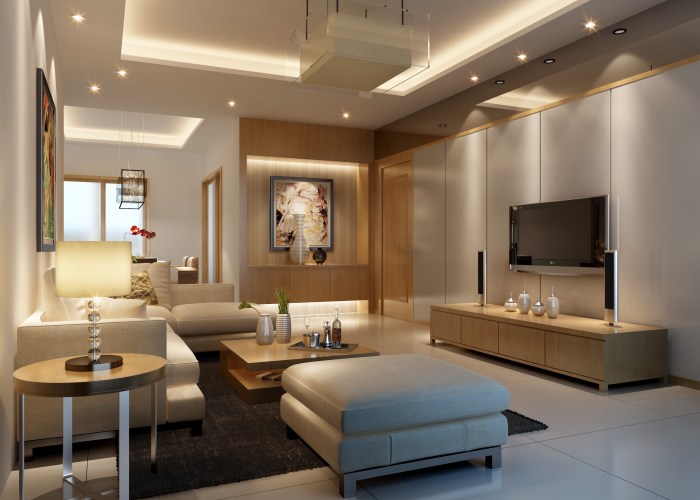
Creating 3D room models involves utilizing specific software tools, following a structured process, and applying techniques to enhance realism and accuracy.
Software Tools for 3D Room Modeling
To create 3D room models, designers commonly use software such as Autodesk 3ds Max, Blender, SketchUp, and Cinema 4D. These tools offer a range of features for modeling, texturing, lighting, and rendering.
Process of Creating a 3D Room Model
- Begin by setting up the room dimensions and layout in the software.
- Create walls, floors, and ceilings using basic shapes or modeling tools.
- Add doors, windows, and other architectural elements to the room.
- Apply textures and materials to surfaces for realistic appearance.
- Include furniture, lighting fixtures, and decor items to enhance the room.
- Adjust lighting and camera angles for optimal visualization of the 3D model.
Tips for Optimizing 3D Room Models
- Focus on accurate scaling and proportions to ensure realism.
- Use high-quality textures and materials for a more detailed and lifelike look.
- Pay attention to lighting settings to create realistic shadows and highlights.
- Experiment with camera angles to showcase different perspectives of the room.
- Optimize the model for performance by reducing polygon count and file size when necessary.
Texturing and Lighting in 3D Room Models
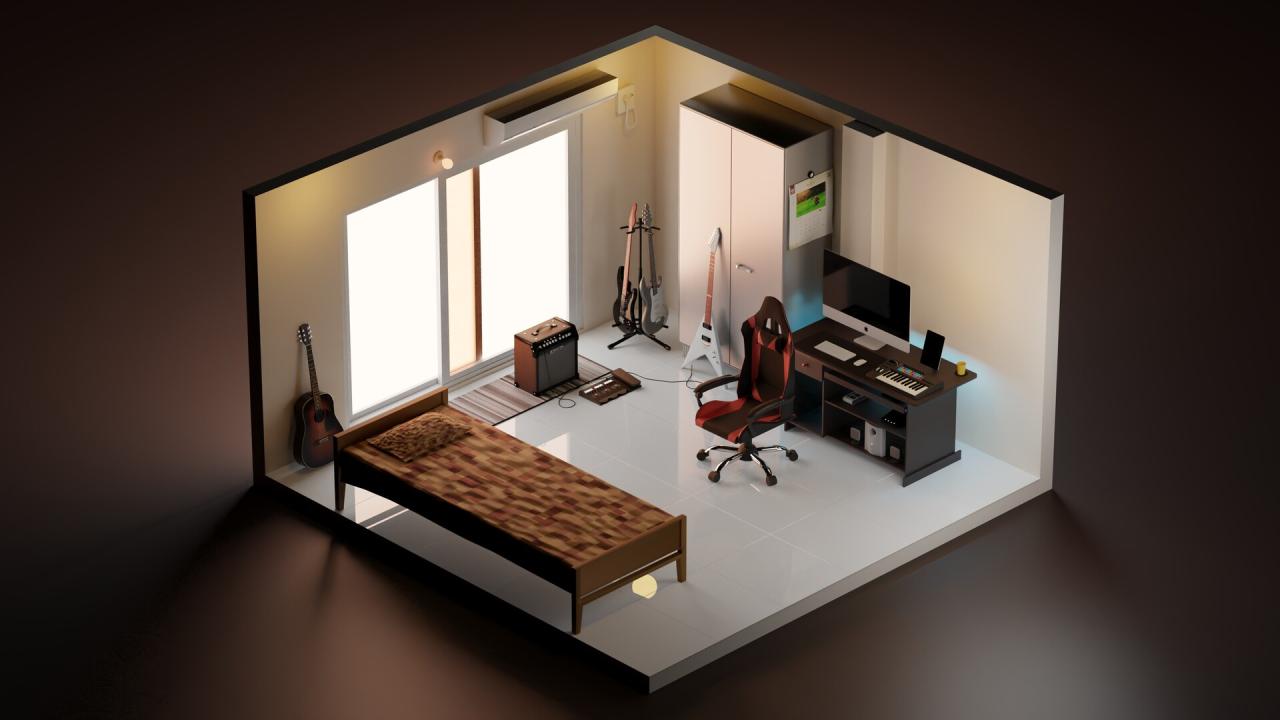
Texturing and lighting play crucial roles in enhancing the visual appeal and realism of 3D room models. Textures add depth, detail, and realism to surfaces, while lighting creates ambiance, mood, and highlights important features.
Role of Textures in Enhancing 3D Room Models
Textures are essential in bringing realism to 3D room models by adding details like wood grain, fabric patterns, or surface roughness. They help create a sense of tactile quality and visual interest, making the room more inviting and believable.
Different Lighting Techniques for Realistic Illumination
There are various lighting techniques used to illuminate 3D room models realistically, such as ambient lighting, point lights, spotlights, and area lights. Each technique creates different effects and can be combined to achieve the desired lighting mood.
Tips for Achieving Realistic Texturing and Lighting Effects
- Use high-quality textures with bump maps and specular maps to add depth and realism to surfaces.
- Experiment with different lighting angles and intensities to create shadows and highlights that mimic natural light.
- Consider the room's function and mood when choosing textures and lighting to ensure they complement the overall design.
- Utilize global illumination techniques like ambient occlusion and image-based lighting for more realistic and natural lighting effects.
- Regularly test and adjust textures and lighting settings to achieve a balance between realism and visual appeal.
Adding Furniture and Decor to 3D Room Models
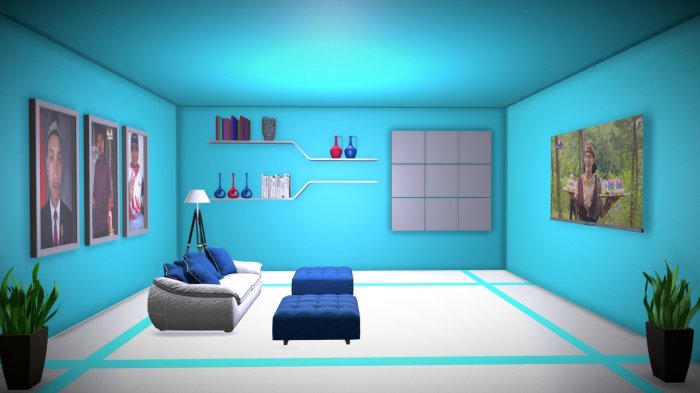
Adding furniture and decor to 3D room models is a crucial step in creating realistic and visually appealing virtual spaces. Furniture and decor elements help bring life to the room, making it feel lived-in and inviting. Let's delve into the process of incorporating these elements and the importance of scale and proportion in 3D room modeling.
Incorporating Furniture and Decor Elements
When adding furniture and decor to a 3D room model, it is essential to select pieces that complement the overall design aesthetic and style of the room. Start by placing larger furniture items like sofas, beds, and tables first, as they will anchor the space.
Then, add smaller decor elements such as rugs, plants, artwork, and accessories to enhance the ambiance.
Importance of Scale and Proportion
Maintaining the correct scale and proportion of furniture is crucial in creating a realistic 3D room model. Oversized or undersized furniture can throw off the balance of the room and make it look unnatural. Ensure that the dimensions of each piece of furniture are accurate and proportionate to the size of the room to achieve a cohesive and visually pleasing result.
Examples of Furniture and Decor
- 1. Mid-century modern furniture: Clean lines, organic shapes, and minimalist design that add a touch of retro charm to the room.
- 2. Scandinavian decor: Light colors, natural materials, and functional design elements that create a cozy and inviting atmosphere.
- 3. Bohemian accents: Textured fabrics, vibrant colors, and eclectic patterns that infuse a sense of warmth and personality into the space.
- 4. Industrial furniture: Raw materials, distressed finishes, and utilitarian appeal that add an edgy and urban vibe to the room.
Rendering and Presentation of 3D Room Models
Rendering is the final step in creating 3D room models, where the model is transformed into a 2D image or video. This process adds textures, lighting, shadows, and other effects to achieve a realistic representation of the room.
Rendering Process for Finalizing 3D Room Models
- After the modeling, texturing, and lighting stages, the 3D room model is ready for rendering.
- Rendering software calculates how light interacts with the objects in the scene to create a photorealistic image.
- Settings such as resolution, quality levels, and output format are adjusted before rendering the final image.
Different Rendering Techniques for High-Quality Images
- Ray Tracing: Simulates the behavior of light rays to create highly realistic images with accurate reflections and shadows.
- Rasterization: Faster technique that converts 3D objects into 2D images by determining how light interacts with surfaces.
- Global Illumination: Enhances lighting effects by simulating indirect light bounces and color bleeding in the scene.
Tips for Presenting 3D Room Models Effectively
- Use different camera angles to showcase different perspectives of the room model.
- Add context by placing the room model in a realistic environment or setting.
- Highlight key features of the room model, such as unique furniture pieces or design elements.
- Provide multiple viewing options, such as still images, 360-degree views, or virtual reality experiences.
- Engage clients or stakeholders by allowing them to interact with the 3D room model in real-time.
Closure
As we conclude this exploration of room 3D models, we've uncovered the artistry and technical prowess required to transform visions into tangible digital spaces. Embrace the endless possibilities that 3D modeling offers in shaping the future of design and visualization.
Question Bank
How important are 3D room models in architecture?
3D room models play a crucial role in architecture by providing a realistic visual representation of spaces before construction, aiding in design decision-making.
What software tools are commonly used for creating 3D room models?
Popular software tools for creating 3D room models include AutoCAD, SketchUp, Blender, and 3ds Max.
Why is texturing important in enhancing the visual appeal of 3D room models?
Texturing adds depth and realism to 3D room models by applying surface details such as colors, patterns, and materials.
How can lighting techniques impact the realism of 3D room models?
Lighting techniques influence the mood, atmosphere, and realism of 3D room models, creating dynamic and visually appealing scenes.

